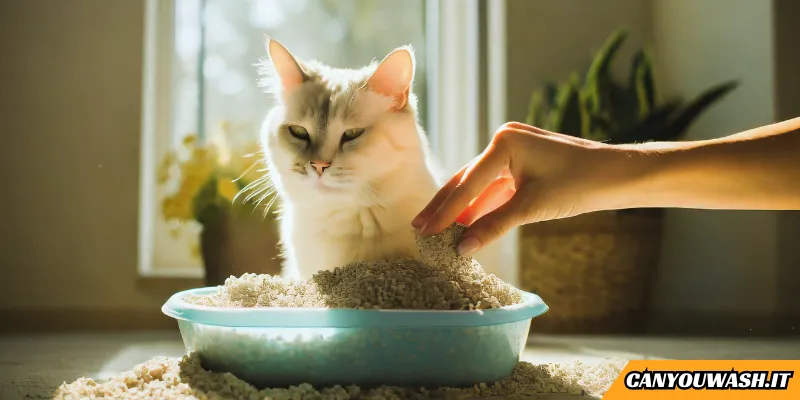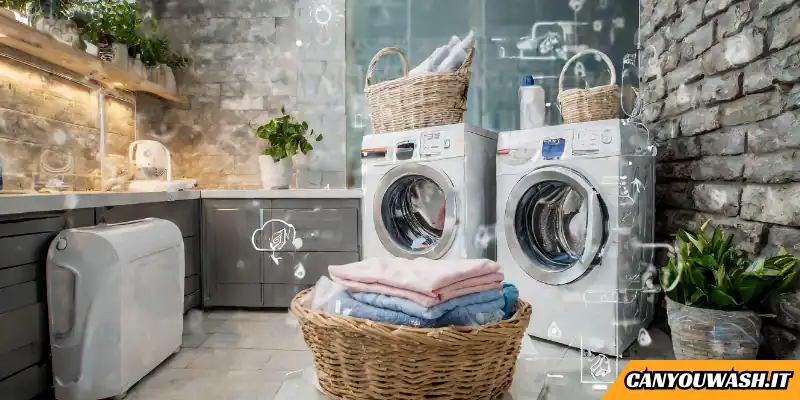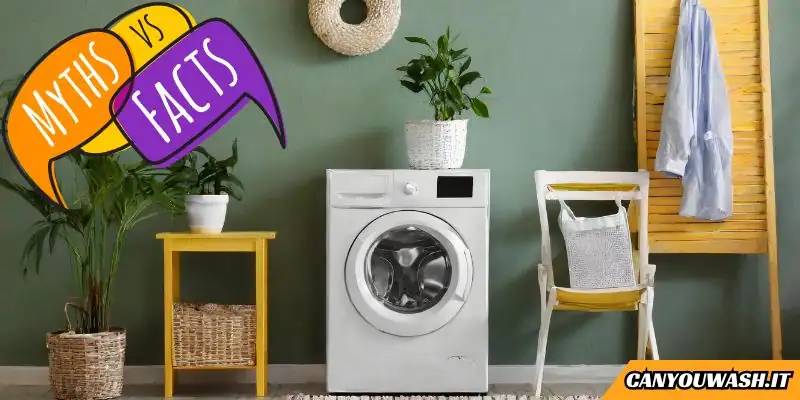No, you cannot wash and reuse cat litter. Doing so can pose health risks due to bacteria and parasites that may linger even after washing. It may also result in unpleasant odors, increased dust and allergens, and reduced litter absorbency.
As cat owners, we always strive to provide the best care for our feline friends. Regarding cat litter, the question of washing and reusing may cross your mind.
In this guide, I’ll explore the common query: Can you wash and reuse cat litter? I’ll delve into why it’s not recommended and offer alternative practices to ensure a clean and healthy environment for you and your cat.
Reasons Why You Should NOT Wash Cat Litter
- Bacterial Contamination: Used cat litter contains bacteria, parasites, and other microorganisms from your cat’s waste. Washing may not effectively eliminate these contaminants, posing health risks to you and your cat.
- Odor Retention: Cat litter is designed to absorb and neutralize odors. Washing may not fully eliminate odors, and reused litter may become less effective in controlling unpleasant smells.
- Clumping Issues: Many cat litters, especially clumping varieties, may lose their clumping ability when washed. Clumping is essential for easy scooping and maintaining a clean litter box.
- Texture Changes: Washing can alter the texture of certain types of cat litter, making it less appealing for your cat and potentially causing litter box aversion.
What Should You Do Instead of Washing and Reusing Cat Litter?
While washing and reusing cat litter may not be advisable, there are alternative steps you can take to manage your cat’s litter box effectively:
Choose High-Quality Disposable Litter:
Maintain a Regular Cleaning Routine:
Consider Eco-Friendly Options:
You May Like: Can You Wash a Cat with Dawn?
FAQs
Can I wash and reuse biodegradable cat litter?
Washing and reusing biodegradable cat litter is not recommended. Biodegradable litter is designed to break down naturally, and attempting to wash and reuse it can compromise its structure and effectiveness.
Can I wash and reuse crystals or silica gel cat litter?
Washing and reusing crystals or silica gel cat litter is not advisable. These types of litter are designed to absorb and lock in moisture, and washing may affect their absorbency. It’s recommended to replace crystals or silica gel litter when it reaches the end of its useful life.
Can I wash and reuse clay-based clumping cat litter?
Washing and reusing clay-based clumping cat litter is not recommended. Clumping litters rely on their ability to form solid clumps when exposed to moisture, and washing can diminish this clumping action, reducing the litter’s effectiveness.
Can I mix new litter with the washed litter?
It’s not advisable to mix new litter with washed litter. Combining fresh litter with used litter may introduce contaminants and compromise the overall cleanliness and effectiveness of the litter in controlling odors and maintaining hygiene. It’s recommended to use a fresh, uncontaminated batch of litter.
Final thoughts 💭
In conclusion, while washing and reusing cat litter may seem cost-saving, it has potential health risks and drawbacks. The best practice for maintaining a healthy and odor-free environment for your cat involves regular cleaning, proper disposal, and choosing high-quality disposable litter.
By following these guidelines, you can ensure a clean and comfortable space for your feline friend while minimizing the risk of contamination and maintaining the effectiveness of the cat litter.
Remember, your cat’s well-being is a top priority, and providing a clean litter box is essential to responsible pet ownership.





Leave a Reply